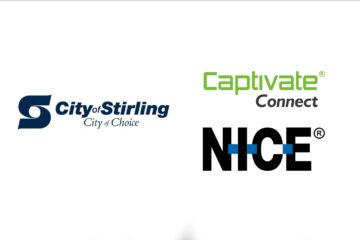Customer journey mapping is vital to understand what your customers see and encounter. Several pathways can lead to an interaction with your business.
Any business with a brick and mortar storefront visited by customers will invest considerably in space, décor, cleaning, lighting, and staff to present the business in the best possible light to impress its customers.
No business expecting to survive in the B2C or B2B space can do so without a strong focus on digital pathways. Digital marketing & IT can be well funded to provide web presence, SEO, tech stack, AI and social media. Add this all up and it probably exceeds the total cost of the brick and mortar.
While businesses tally the costs of these traditional paths, many fail to consider the equally important voice channel.
Captivate Connect’s analysis of five million calls on hold on three continents shows call wait times of up to three hours. It may not be a surprise that the longest wait times were at a government department, however, it was not uncommon to see wait times of 30 to 40 minutes at private businesses.
Businesses are thinking inside out. We spend millions on new IP phone systems and save billions off of telecoms bills by using data rather than PSDN or ISDN lines to make calls.
But what price is a disgruntled caller worth?
Currently, 80% of businesses use Interactive Voice Response (IVRs), including most contact centres. Yet research shows 67% of callers dislike the music and IVRs because of its inconvenience. Try pressing one for this or two for that from a mobile phone, it’s not easy. With research saying over 50% of all calls are made from a handheld device, IVRs are becoming impracticable for the customer.
Customers also need choice. The modern customer wants to choose their music or play a quiz while they wait; they may even want to listen to a podcast or receive a brochure in their hand. They may accept an offer to be called back at a later time, reducing on hold wait time further.
In the Age of the Customer, it is not just about empowering customers with new technology, but easing customer frustration. We live in a world where we are constantly moving, and there is never enough time to spare. By giving customers choice and variety while they wait on hold, it establishes a base level of trust. Customers assume the business values and respects their time; increasing caller sentiment and brand loyalty.
With new technology available give our waiting callers control over their on hold experience with your business. Some may choose to listen to the advertising, some may choose the jukebox, allowing them to self-select the type of music they want to hear. Others may select to play a game or quiz while they wait. Empowering waiting callers to self-select engages the callers, reduces perceived wait times and delivers a more purchase-ready prospect.
In all marketing efforts, be sure to consider every possible customer journey that would lead to interaction with your business. Optimise these pathways so that you can give your customers consistent service, and exceed their expectations.



0 Comments